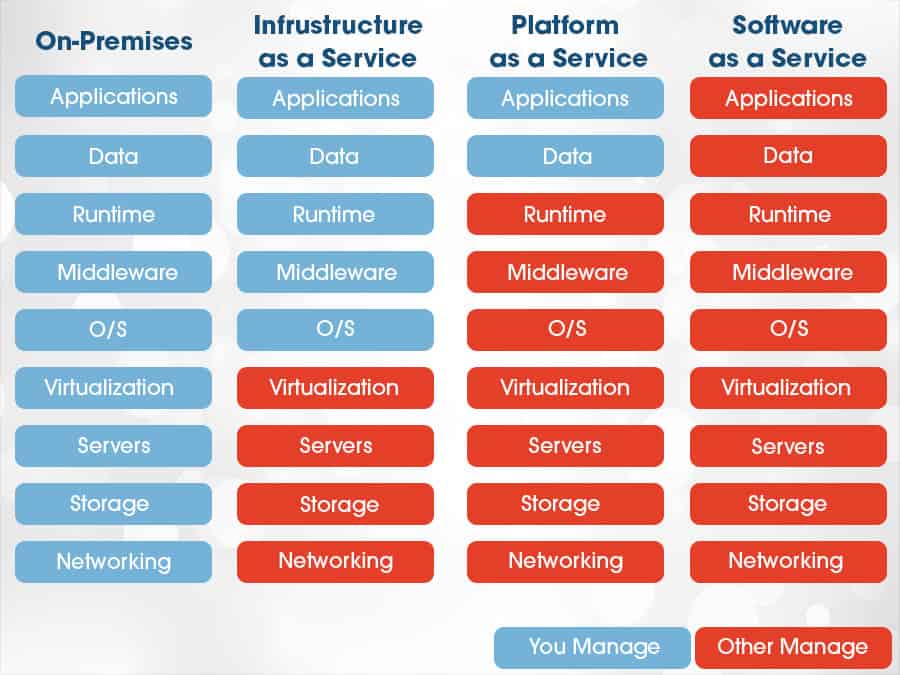LinkDaddy Cloud Services: Cutting-Edge Solutions for Your Company Demands
LinkDaddy Cloud Services: Cutting-Edge Solutions for Your Company Demands
Blog Article
Achieve Seamless Scalability With Cloud Solutions
In the ever-evolving landscape of cloud services, accomplishing smooth scalability stands as a foundation for modern-day companies looking for to remain versatile and competitive. The pursuit for smooth scalability with cloud solutions reveals a globe of opportunities for those ready to embrace the transformative power of dynamic resource monitoring.
Benefits of Cloud Scalability
Cloud scalability uses companies the flexibility to dynamically adjust resources based on demand, making certain optimal efficiency and cost performance. One crucial advantage is the ability to scale resources up or down promptly in response to varying work. This agility makes it possible for companies to fulfill altering client needs without over-provisioning resources, eventually leading to cost savings. Scalability also improves efficiency by ensuring that systems can deal with enhanced website traffic or workload without experiencing downtime or downturns. By effectively designating resources, organizations can maintain high levels of efficiency during peak times without unnecessary expenses during quieter durations. Additionally, cloud scalability promotes advancement and testing by enabling organizations to easily test new ideas and scale them as required. This flexibility encourages a society of continual renovation and adaptation, enabling organizations to stay competitive in a swiftly developing market landscape. Ultimately, the advantages of cloud scalability prolong beyond price savings to include improved efficiency, agility, and development.
Key Features for Scaling
Effective scaling in cloud services counts on essential functions that make it possible for organizations to adjust resources dynamically based on demand. One vital attribute for scaling is flexibility, allowing sources to scale up or down in response to changing work. This guarantees that companies can meet efficiency needs without over-provisioning resources. An additional essential feature is scalability, making it possible for systems to take care of raised work by including sources effortlessly. This feature is important for suiting development without endangering performance. Additionally, automation plays a crucial duty in scaling by automating the provisioning and de-provisioning of resources based on predefined policies. Automation decreases human intervention, boosts efficiency, and makes sure quick response to altering demands. Tracking and analytics devices are additionally essential for scaling, supplying understandings right into source application, performance metrics, and potential bottlenecks. These tools allow companies to optimize and make educated choices source allowance for efficient scaling. On the whole, these key functions collectively equip companies to attain seamless scalability in cloud services.
Applying Auto-Scaling Approaches
To efficiently maximize source appropriation and adjust to varying work, companies need to purposefully apply auto-scaling approaches in their cloud solutions facilities. Auto-scaling allows systems to instantly adjust the variety of calculate resources based on real-time demand. There are numerous auto-scaling approaches that companies can use, such as anticipating scaling, which makes use of historical data to forecast future resource demands, and responsive scaling, which reacts to current work adjustments.

Ideal Practices for Scalability
For companies aiming to enhance their scalability in cloud solutions, carrying out finest practices is crucial for optimal efficiency and resource administration. One key finest technique is making applications with a microservices design. This method breaks down applications right into smaller sized, independent services that can be deployed, upgraded, and scaled individually, enabling better versatility and scalability.
Another important practice is making use of containerization modern technology, such as Docker or Kubernetes. Containers allow the packaging of applications and their dependences right into separated devices, making it simpler to scale parts separately and release them constantly across various environments.
Additionally, applying automated implementation and infrastructure as code (IaC) can enhance scalability efforts (linkdaddy cloud services). Automation devices like Terraform or Ansible assistance in provisioning and taking care of resources successfully, minimizing manual errors and enabling fast scalability
In addition, checking efficiency metrics, setting up informs, and conducting routine ability preparation are essential techniques to make sure aggressive scalability administration. By adhering to these finest techniques, companies can click here now attain smooth scalability in their cloud solutions while enhancing efficiency and resource application.
Tracking Performance Metrics
When evaluating the effectiveness of cloud solutions scalability, closely monitoring efficiency metrics is essential for making sure ideal performance and resource allowance. By constantly tracking crucial efficiency signs (KPIs) such as action times, source, throughput, and latency application, organizations can obtain useful insights into the health and performance of their cloud facilities. Keeping an eye on performance metrics enables the very early discovery of possible traffic jams or issues that can influence scalability, allowing proactive actions to be taken to resolve them before they escalate.

Verdict
Finally, attaining seamless scalability with cloud services is essential for companies to enhance performance, boost technology, and preserve high performance degrees throughout peak times. By leveraging the benefits of cloud scalability, executing auto-scaling approaches, utilizing essential attributes such as flexibility and automation, and adhering to ideal practices like application design and performance surveillance, organizations can effectively scale their systems while making best use of resource utilization and performance.
The look at this site pursuit for smooth scalability with cloud services introduces a world of possibilities for those prepared to welcome the transformative power of dynamic source management.
Cloud scalability uses companies the versatility to dynamically change sources based on need, guaranteeing optimum performance and expense efficiency. An additional essential feature is scalability, enabling systems to manage raised workload by adding resources seamlessly.For companies aiming to enhance their scalability in cloud solutions, implementing best practices is important for optimal performance and source management.When analyzing the effectiveness of cloud services scalability, very closely monitoring performance metrics is imperative for making sure ideal performance and resource allowance.
Report this page